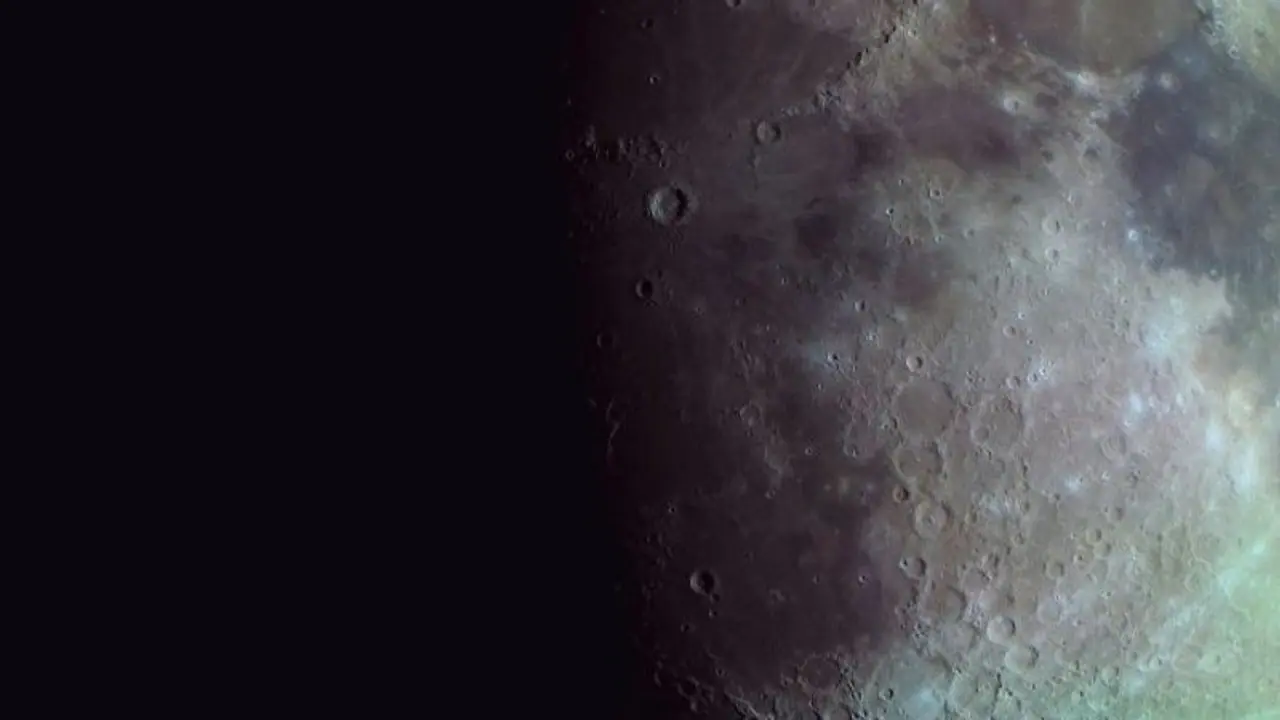By aiming for the challenging lunar south pole, known for its formidable conditions, India is showcasing its ambition and determination. Succeeding in this endeavour would be a significant achievement, highlighting India's ability to accomplish remarkable feats with cost-effectiveness and efficiency. Girish Linganna explains
There have been numerous bold moon missions from countries worldwide in the quest for lunar exploration. Landing attempts by the Israeli Beresheet and the Japanese Hakuto missions failed, proving that the route to success is not without hurdles. Chandrayaan-3 is a project that the Indian Space Research Organisation (ISRO) is preparing for that is expected to succeed despite difficulties and script history. Chandrayaan-3 will imprint by deploying a lunar lander and rover close to the Moon's south pole, a region renowned for its unique and difficult terrain. Numerous craters exist at the lunar south pole, some resembling the Shackleton crater's perilous conditions.

Chandrayaan-3: The six-week journey to the moon and space glory
Although not intended, these craters depict the complex and demanding environment the lander and rover must confront. Shackleton crater contains an immense quantity of ice in the form of water crystals. "Water ice on the Moon enables future human presence and space exploration. However, reaching the south pole and investigating its icy terrain presents a formidable obstacle," says Dr Srimathy Kesan, CEO of SpaceKids.
The rover's design must be durable to traverse the treacherous and rugged terrain of the lunar south pole. It must withstand the extreme conditions and unpredictability of an unexplored region. The objective is to ensure the rover can operate effectively in areas like the Shackleton crater.
The distance between Earth and the Moon, approximately 384,000 kilometres, further complicates the mission. The communication software must be sophisticated to facilitate the rover's movements on the lunar surface, allowing for complex command structures and intelligent decision-making processes. This level of autonomy is crucial, as the severe and unforgiving environment of space leaves no room for error.
Targeting the lunar south pole, notorious for its difficult conditions, demonstrates India's ambition and resolve. Achieving success in this endeavour would be a major accomplishment, demonstrating India's capacity to accomplish remarkable exploits cost-effectively and effectively. Given the scope of its objectives, the Chandrayaan-3 mission's budget of approximately Rs 610 billion makes it a highly cost-effective undertaking.
"Our international corporation embarked on an extraordinary mission to build a cutting-edge lunar rover for the prestigious Google Lunar X Prize Finals. Together with India's Team Indus, we are committed to redefining our understanding of the Moon through this collaborative effort. Numerous hours were invested in extensive research and development to ensure the rover's immaculate mobility on the lunar surface and seamless communication with Earth. As a result, we comprehend the challenges ISRO faced in designing the 'Pragyan', which aims to have limbs robust enough to negotiate the treacherous lunar terrain, much like a baby learning to walk on firm legs. The soft landing and movement of the 6-wheeled Pragyan on the lunar surface will shift the world's attention to India," says Dr Srimathy.
This mission is not merely a matter of national prestige; it is a race in the annals of space exploration. There is no need to wait for someone else to assist. The ability to complete such a monumental undertaking on one's own accentuates the magnitude of this endeavour.
"Chandrayaan-3 is a watershed occasion in the world's space history. The mission's success would be a landmark achievement in the endeavour to uncover the mysteries of the Moon and pave the way for future space exploration. India's efforts to subjugate the lunar south pole will leave an indelible mark on the pages of history and inspire future generations," adds Dr Srimathy.
